We’re big fans of alternate tunings here at Stringjoy—particularly of Nashville Tuning since we’re, you know, in Nashville. So we couldn’t help but wonder, what happens when you tune a guitar to Nashville Tuning, but then tune it down four half-steps to C Standard (but with the octave ethos of Nashville Tuning)? Let’s find out, shall we?
Subscribe to Stringjoy on YouTube
Transcription
So, as you may or may not know from the one, two, three, four times it says it on our guitar string packaging, we are in Nashville, Tennessee. And, being a guitarist in Nashville, Tennessee, the thought of Nashville tuning comes up… Not because everyone in Nashville is using Nashville tuning, but because it’s the named for the city and that’s where we are. And so, yeah. You get what I’m saying.
So, we’ve talked about Nashville tuning in the past, but if you haven’t seen that video, the gist of it is what you’re doing is keeping the same strings on the E and the B on your guitar, but you’re taking the E, A, D, & G strings from a 12 string set, or just building a custom set these days, such that they’re an octave higher than normal. So, when you’re playing the guitar, you have basically the bottom four strings an octave higher, but the guitar string order of EADGBE remains the same. It takes out a lot of that boomy bassiness, and it was originally used in Nashville studios for strummed parts on an acoustic guitar, so that it fit better in the mix and sat on top of everything, rather than getting into the meat of the mix, where you have your bass, and your drums, and your other guitars, and all that sort of good stuff.
We make standardized Nashville sets to get your guitar ready for those sweet, sweet jangles.
You can find our Electric guitar strings for Nashville tuning here, and our Acoustic guitar strings for Nashville tuning here.
So, I like Nashville tuning. I sometimes keep a guitar setup in Nashville tuning because it’s a pretty fun thing to explore. And that led me to today’s topic, which is, what if we take the concept of Nashville tuning, but do it in C standard. What I think is cool about this is that we’re taking the bottom four strings and tuning them up an octave, in theory. But, if we take the whole set then and tune it down two whole steps or four half steps, we end up with kind of like a weird middle ground where the lower four strings are going to be tuned up halfway from where they would normally be in Nashville tuning. And then, the high E and B will be tuned down four steps from normal. I really have no idea how this is going to go, but I think it’s a pretty cool concept, I think, that could lend some pretty cool tones.
So, I went ahead and built a custom set of electric guitar strings. I used our tension calculator, which I always use to pick custom sets if I don’t kind of already know what I’m going to be doing. And I arrived on these gauges. We’re going to be going .013 – .017 – .011 – .015 – .024 – .032. So, it’s a really weird and odd set of strings, but it’s the same general ethos that we use in Nashville tuning sets, just with some heavier gauges since we’re going to be tuning down. A lot of Nashville sets have just a wound low string. We’re going to have a wound fifth and sixth string to make everything work on this set. I have really no idea what this is going to sound like, but I’m excited to explore it. I’m going to go ahead and get tuned up and then we’ll go in the other room and see what the heck it sounds like.
(Changes Strings)
So, altogether we are tuned C, F, A#, D#, G, C. It’s a weird tuning. It’s not one I’ve ever heard of before. I mean, C standard I have, but not with the bottom four up an octave. We’re doing this all on a Gibson Les Paul. I’ve got Firebird pickups in this guy, which are awesome, but it sounds a little bit brighter than your average Les Paul, just FYI. And while I have not plugged it in yet, I am super stoked to hear what this sounds like. I’m just going to screw around for a little bit, and then we’ll talk about what it sounded like afterward.
(Plays clean riffs)
Let’s kick on a little bit overdrive and see what happens with that.
(Plays crunch riffs)
And then, as always, let’s see what it sounds like a little bit of fuzz.
(Plays fuzz riffs)
So, I wanted to play around a little bit before I shared my thoughts. I mean, I had my own ideas about how I thought this was going to go, but now that I’ve heard it all, I’m probably even more of a big fan than I thought I was going to be. I mean, whenever you play in alternate tunings, you get to add a lot of interesting layers to things that you know. But having that ability to play normal chord shapes, which is the beauty of Nashville tuning, but add that extra sparkle is super cool. And, in this range, in the C range, it doesn’t feel so extreme.
It almost feels… I mean, it feels closer to the normal timbre of a normal guitar, just with that interesting Nashville tuning jangley effect. And then, the thing that I always love about Nashville tuning is when you’re running down a pentatonic scale, you get that jump up an octave on the 3rd string, which is kind of weird. There’s just something about that that’s kind of fun to me. I know it’s very simple, but it’s really cool to have that. And again, to have that in a normal range, that’s not so high, it’s pretty fun as well.
So, overall, I would call this experiment a success. I’d be curious to even kind of use this concept with a little bit of a lower overall vibe or to try it in open tuning. So, maybe that’ll be fodder for another video. But, if you want to try something like this, I would highly encourage you. Just make sure you get your tensions right. Tension.stringjoy.com is our free tension calculator. Even if you don’t play our strings, you can use it to help kind of get you in the ballpark of what custom set would work great.
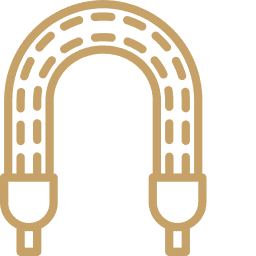
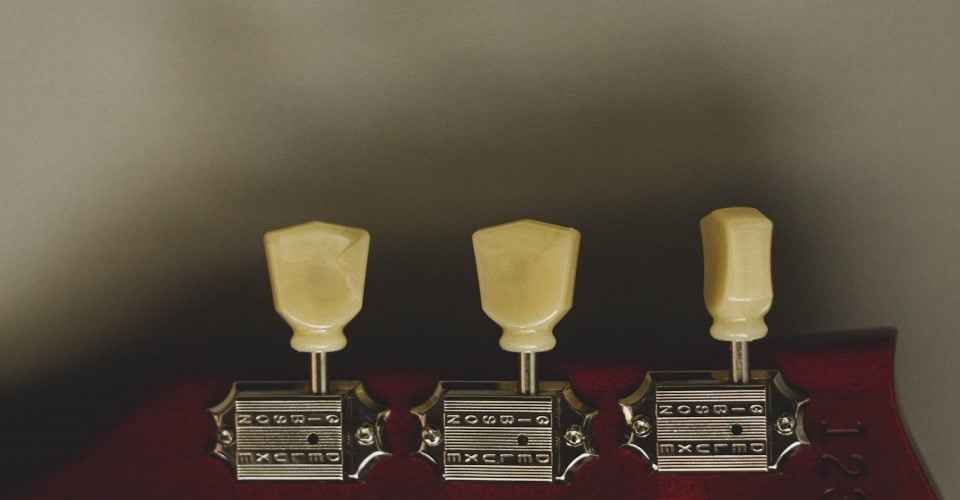


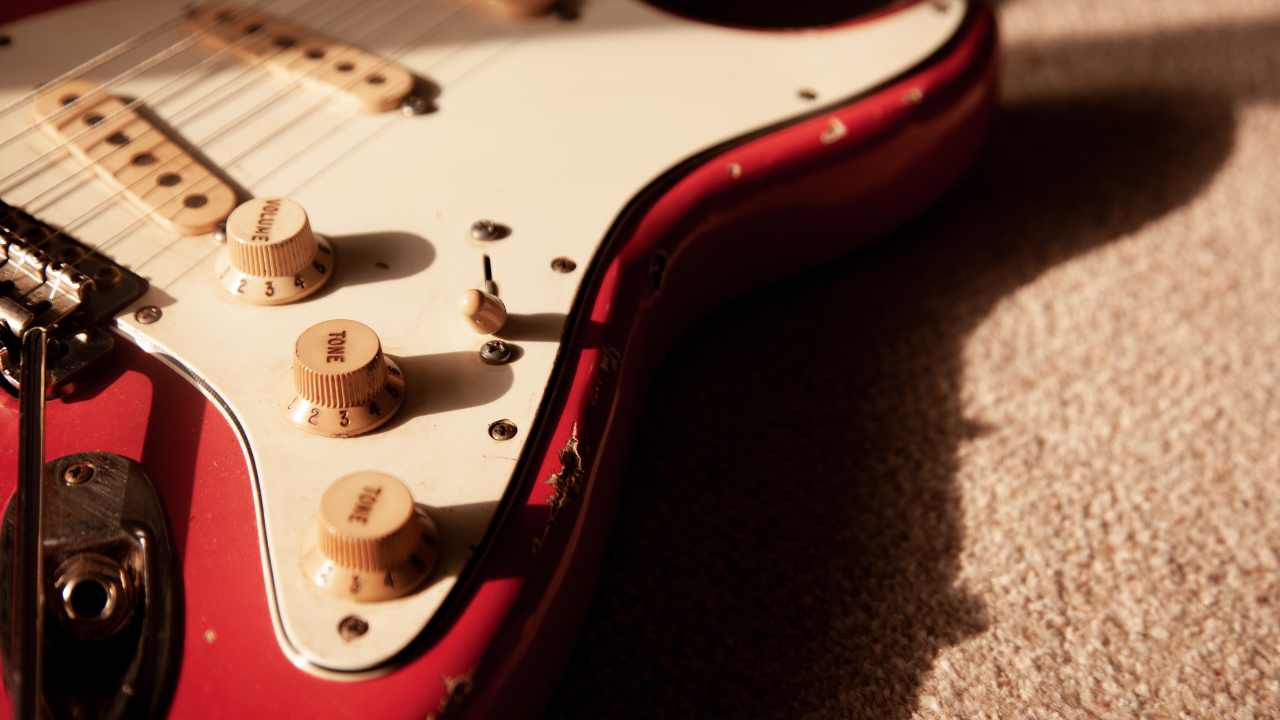
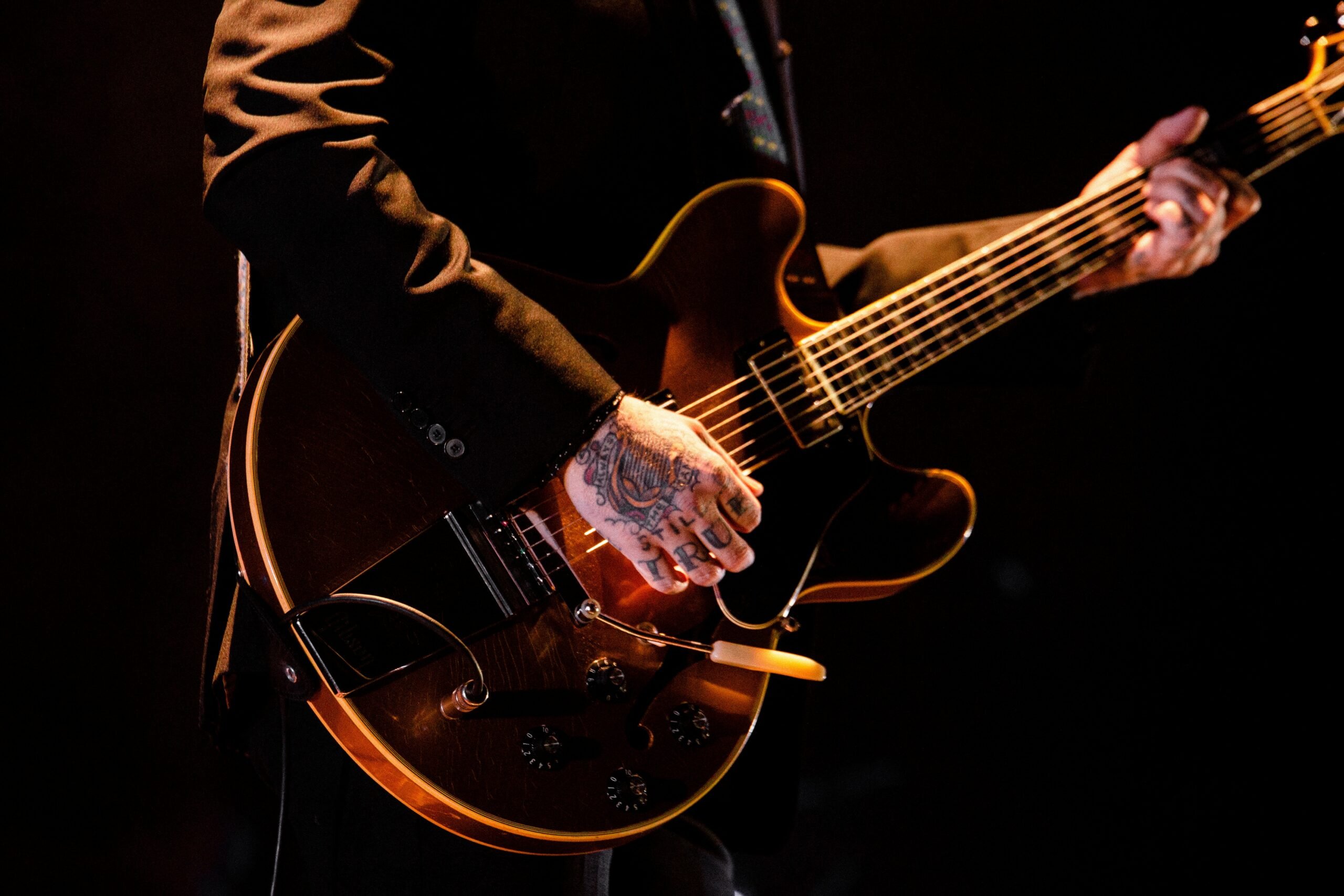

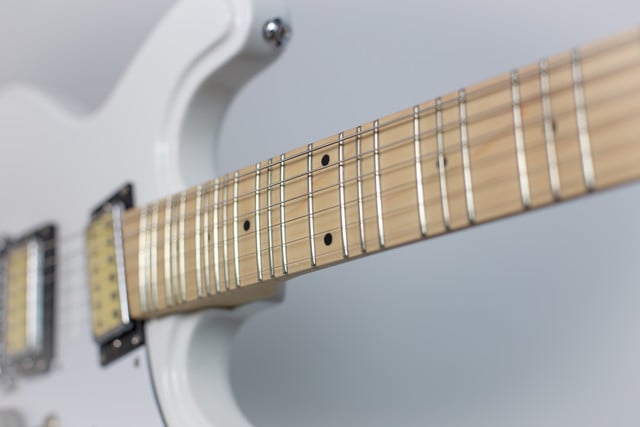
10 Responses
Great idea. About the same range as C6 on a 6-string. Seems like going any lower might start getting too much in the middle range of a mix. Would you use the same gauges on an acoustic?
Use the gauges from a 12 string set on acoustic.
Try an “E” tuning and jam “Gimme Shelter” !
Baritone tuning would be B E A D F# B. That’s only one half step lower than C Standard tuning. Could be interesting with the bottom four strings up an octave.
Nashville down 2 tones is probably the most unique tuning that I have ever heard of. I have worked a lot with Drop D fingerings. I have used it dropped all the way down to Drop B. I am obviously fond of thick and somewhat muddy tones. I use light strings, 09s to 42s. What I have settled into lately is Drop D Flat. Tuning to the black keys forces one to explore very different fingerings for the commonly used keys if one does not use a capo. I am getting some new sounds especially when using open strings as accidentals in different scales. I don”t have a clue if this is of interest to anyone but you sound like one of the few who might.
This lower Nashville tuning is similar to an idea used by Frank Gambale which he calls Gambale tuning. In that tuning the lowest string is an A which is of course 3 half steps below your C Nashville tuning. It sounds really nice as well. It would also require a string gauge adjustment.
That lower pitched version of Nashville Tuning was used famously by Dave Matthews.
This was a genius idea thank you so much for doing it! I will purchase a set to try this.
Man that was a cool video. Thanks Stringjoy
I bought a set of heavy bottom strings. I’m doing the five string open G (Keef) tuning on my Tele- Would you use the low E string in the A position or just follow the natural progression of the gauges?
Actually you’d just keep the natural progression of the strings. However a guy on YouTube made a newer version w/ an Additional High G string (that’s a step below the High A on a Tenor Guitar):https://www.youtube.com/watch?v=nEfENI7GJ4s & you have even more versatility. One extra tweak I made was I tune my Guitar to Open E & put a capo on the 3rd Fret or Open D & put a capo on the 5th Fret. The biggest advantage of that is that I can now transpose rolling stones music to a different key to fit my vocal range.